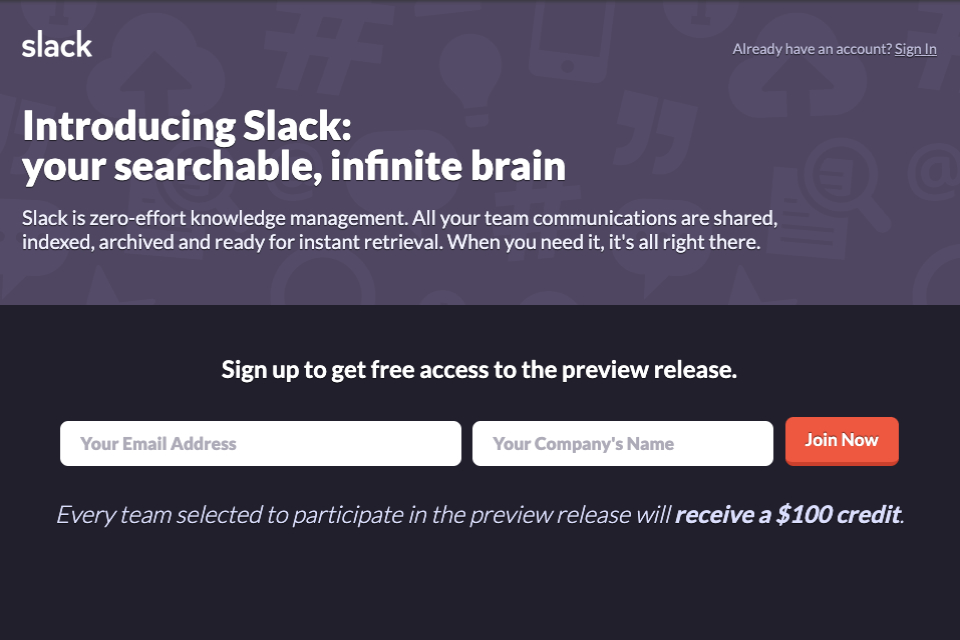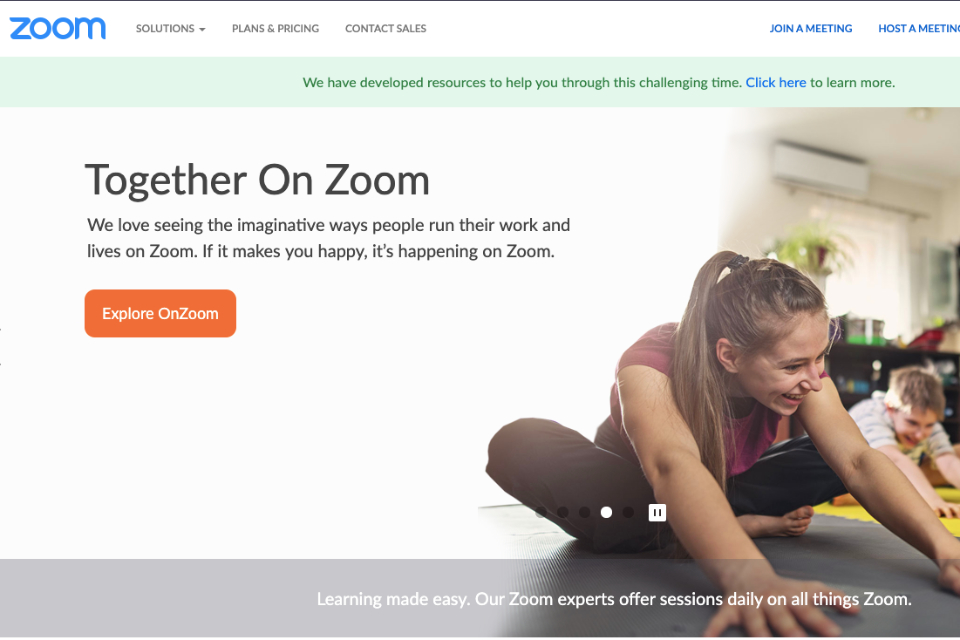Let’s start a new design project together!
What is perpetual beta?
Writer and publisher Tim O’Reilly writes that, “the open source dictum, ‘release early and release often’ in fact has morphed into an even more radical position, ‘the perpetual beta,’ in which the product is developed in the open, with new features slipstreamed in on a monthly, weekly, or even daily basis”.
Considering that it is a component of long-term success in Web 2.0, ‘the perpetual beta’ can remind us that iterative short-term thinking is nested within thinking that is
longer-term.


The Starting Point.
A little while ago when I was working on a Gizmo project at Rezonant, I had penned down some thoughts on – “What is an MVP or Minimum Viable Product”. It’s basically a concept that helps startups validate their product idea effectively. But today, what I want to talk about Perpetual Beta and how it is different from an MVP.

MVP vs. Perpetual Beta
- An MVP is not necessarily a finished product. It focuses on a key feature or the USP and highlights that.
- The goal of an MVP is to test the market and get a pulse of whether the product is fulfilling
a requirement. - The goal of an MVP is to get good user feedback which massively reduces the risk involved
and the uptime during the product
development phase.
- A beta release can only be done when theres a finished and functional product.
- The goal of a beta release is to see how the product is used by early adopters and develop it further with their feedback.
- A beta release reduces time-to-market by a lot and eventually topples into the realm of perpetual beta where new features can be added periodically; making the new version almost always better than the previous one.
An MVP or a Minimum Viable Product is one full step behind the beta version. It’s not necessarily a product. It’s more like an experiment to test the value proposition of your product and get the concept validated by some early adopters. As the name suggests, it comes with some minimum features and functions enough to get a first level response for getting a go ahead to start the development of the product. Whereas in the beta release of the product, there exists a fully-functional product designed and developed over a
period of time.

Perpetual Beta in action.
Let’s have a closer look at some companies who have been using perpetual beta to fuel innovation and keep making their customers happy by delivering what they’re looking for.

Google is the OG Beta releaser.
When Google initially launched Gmail in April 2004, they launched it with a “beta” tag, It was an invitation only service making it exclusive and exciting. Gmail allowed anyone to try out their “beta” product, but only if they knew someone who was already in, creating buzz, increasing publicity, and building a competitive environment around becoming a user of the new tool.
Today, even after removing the beta tag from most of their services, Google keeps rolling out new features for their products. For instance, GSuite now has a Zoom integration and Gmail has a delightful smart compose feature which gives suggestions based on the recipient and the subject of the email.
Before After 




Before After 




Airbnb
Airbnb is a classic example of an MVP converted to a successful product and now follows perpetual beta philosophy. These are certainly trying times for Airbnb. But like their CEO has wisely said-
“If we don’t grow past what we originally invented, what leads to your success leads to your death.”
Brian Chesky, CEO of Airbnb
Airbnb now has an extremely well curated set of experiences that people can attend online from all over the world. They are also promoting hosting frontline heroes (nurses, doctors, etc.)so that they can stay closer to their families and be safely distanced from them at the same time.These are just some of the initiatives by Airbnb to adapt and get through
the pandemic.
Before After 





ClickUp
With the promise of making the world more productive, ClickUp raised a whopping $35M in their Series A. They have a tonne of integrations that sync in with your ClickUp account and get you started right away.
Zeb Evans, the CEO of ClickUp mentioned that they worked in sprints for developing the product for 2-3 years and closely worked with early adopters to constantly make changes. He also mentioned that he personally reads all feedback by the users- good, bad or ugly- and makes sure nothing gets ignored.
Take a look for yourself- This is what ClickUp’s website looked like 2 years ago.
Before After 




Before After 




Slack
I have been using Slack for almost over a year now and have seen quite a few improvements and updates first hand. They truly believe in developing the products keeping the customers’ feedback at the core. You can download the beta version for Mac here and get first in line to receive new updates.
In one of their latest updates they have added more integrations and made the app faster than before. It’s an absolute delight to read their updates because they speak the users language and don’t communicate in code. 🙂
Before After 





Zoom
I had not even heard of Zoom before 2020, more particularly when my company realized WFH was here to stay. Now Zoom has become indispensable. On doing some digging, I found out that Zoom has been around for close to seven years now. Their initial release was back in 2013 and a stable release was done just three days ago (on July 10th, 2020)!
In just a couple of months, Zoom has improved massively to bridge the gap of face to face conversations that are no longer possible. With continuous improvements in their security and the introduction of features like breakout rooms, Zoom has made sure that inputs by their customers are heard and implemented.
Before After 




Perpetual beta is
here to stay.
Perpetual Beta is here to stay. We can see a lot of companies hop on to the perpetual beta train for good cause.The users in the digital world are learning and consuming data faster than ever. It ain’t like the old days where you had to buy CDs for every new version of the product. More and more companies are popularizing their beta versions and trying to attract crowds that will help them better the product.
If you want to try out some kick-ass and fresh from the oven beta products head over to www.producthunt.com or www.betalist.com.
Developing a user-centric product without inputs from the user is not possible. Perpetual beta allows for a 2-way communication to take place and results in a win-win situation for both the parties. We, as users, should certainly be excited to play a role in the evolution of beta and how companies use it to its full potential.

“Perpetual beta is the
future of work.”




